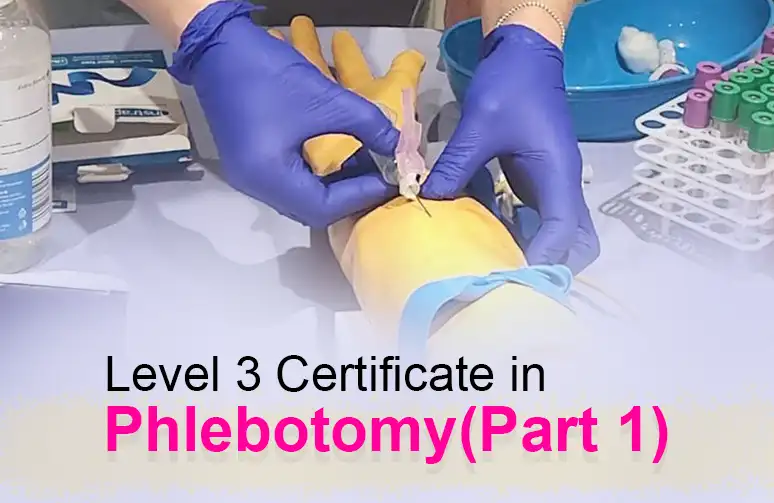
Common Myths About Baby Sign Language Debunked UK
Baby Sign Language (BSL) is a valuable tool for parents looking to enhance communication with their children. By teaching simple hand gestures that correspond to words or concepts, parents can help their babies express needs and emotions even before speech develops. However, despite its growing popularity, several myths and misunderstandings about baby sign language persist. These misconceptions might discourage parents from exploring this powerful tool.
This article will debunk the most common myths about baby sign language, how to learn baby sign language, and provide clarity and reassurance so you can confidently help your child communicate. Along the way, you’ll discover how to start the learning process and the surprising benefits it can bring to both you and your baby.
Myth 1: Baby Sign Language Delays Speech Development
One of the most widespread myths is that teaching your baby to sign will hinder their speech development. Some parents worry that by providing a non-verbal communication method, their child will rely solely on signing and delay learning to speak.
The Truth
Research has consistently shown that baby sign language supports and accelerates speech development. When babies learn to associate signs with words, they effectively build the foundation for verbal communication. Signing helps babies understand language structure more effectively and fosters a stronger connection between words and their meanings.
For example, a baby who consistently signs “milk” while hearing the word will recognize it more quickly in spoken form. Additionally, their ability to convey needs without frustration motivates them to eventually express those needs verbally.
Myth 2: Baby Sign Language Is Only for Deaf Children
Another common misconception is that baby sign language is primarily intended for children with hearing impairments. This belief may prevent parents of hearing children from exploring its benefits.
The Truth
While baby sign language shares similarities with sign languages used by the Deaf community, it is designed for all children. Its purpose is to act as a bridge to language by empowering pre-verbal babies to communicate effectively.
The main goal is not to replace verbal speech but to complement it. Hearing children naturally transition from signing to talking as their vocal and cognitive skills develop. Using signs as an interim tool benefits both hearing and non-hearing children alike.

Myth 3: Signing Is Too Complicated for Babies
Some parents shy away from baby sign language because they fear it will be too complex for their child. After all, language skills take time to develop, and adding gestures might seem overwhelming.
The Truth
Babies have a remarkable capacity to learn non-verbal communication. They instinctively use gestures, such as pointing or waving, as early forms of interaction. Baby sign language builds on these natural tendencies by introducing simple, intuitive gestures for common words and concepts.
Furthermore, parents need not worry about mastering advanced sign language. Baby signing techniques focus on easily replicable signs tailored to the capabilities of young children. For example, signs for “more,” “milk,” or “all done” involve straightforward hand movements that babies can learn and repeat over time.
Myth 4: Teaching Baby Sign Language Requires Fluency
Some parents assume that teaching baby sign language requires fluency in British Sign Language (BSL) or another full sign language system. This misconception may deter parents who feel unqualified to teach their children.
The Truth
You don’t need to be an expert to teach baby sign language. Baby signing is a simplified system focused on basic signs for day-to-day needs. Parents can learn as they go, introducing new signs gradually.
Resources are abundant, such as video tutorials, books, and apps, that demonstrate common baby signs. Learning alongside your baby can be a shared experience that strengthens your bond and makes the process enjoyable.
Myth 5: All Babies Will Pick It Up Instantly
Some parents expect immediate results when they begin signing with their infants. If their baby doesn’t respond right away, they may believe the method isn’t working.
The Truth
Like any new skill, signing takes time and practice. Babies need repeated exposure to signs before they fully understand and begin using them. Parents must be patient and consistent.
Most babies begin signing back between 6 to 12 months, depending on when the process starts and their natural developmental pace. Even small progress, such as mimicking part of a sign, is a step in the right direction. Celebrate these milestones and remain committed to giving your baby time to learn.
Myth 6: Signing Requires a Large Vocabulary
Another misconception is that parents need to teach an extensive range of signs for baby sign language to be effective. This assumption might seem daunting and lead to hesitation.
The Truth
A handful of signs is often enough to see the benefits of baby sign language. Parents commonly start with three to five key signs, such as “eat,” “milk,” “more,” or “tired.” These basic gestures cover essential needs and prevent many daily frustrations.
Over time, as your baby masters these initial signs, you can expand their vocabulary to include new gestures for feelings, activities, or objects they encounter regularly. The learning process is naturally adaptable to your family’s pace.
Myth 7: Signing Is Too Time-Consuming
Parents may feel overwhelmed by the idea of adding signing to their busy routines. They fear it might complicate daily life rather than simplify it.
The Truth
Integrating baby sign language into your routine is effortless when approached naturally. By pairing signs with activities you already do, such as saying “milk” while feeding or signing “bath” before bathtime, you make signing a seamless part of everyday life.
There’s no need for formal lessons or hours of practice. Consistency and repetition in natural settings are all that is needed.
Why You Need to Know Baby Sign Language
Once misconceptions are set aside, the benefits of learning baby sign language become clear. Teaching your baby to sign fosters better communication, reduces tantrums, and strengthens the bond between you and your child.
From the moment you see your baby sign “more” at mealtime or “help” during play, you’ll experience a new level of trust and understanding. The process is not only practical but also incredibly rewarding for both parents and children.
Starting Your Baby Sign Language Journey
It’s never too early or too late to begin signing with your baby. If you’re ready to learn baby sign language, here are some tips for success:
- Begin with simple, practical signs that align with your baby’s routine.
- Pair each sign with the corresponding spoken word to reinforce understanding.
- Practice daily in real-life contexts, such as mealtimes, playtime, or bedtime.
- Be patient as your baby learns to imitate gestures at their own pace.
- Use available resources, such as baby sign language flashcards, books, or videos, to guide you.
By taking small steps consistently, you lay the foundation for a lifetime of strong communication skills and emotional connection.
Conclusion
Baby Sign Language is a remarkable tool that fosters early communication, strengthens the parent-child bond, and promotes a supportive and engaging environment for learning and development. By incorporating simple signs into your daily routines, you can unlock a world of understanding and connection with your child. Remember, the goal is progress, not perfection. Celebrate every small success and enjoy the unique experience of watching your child communicate and thrive.




